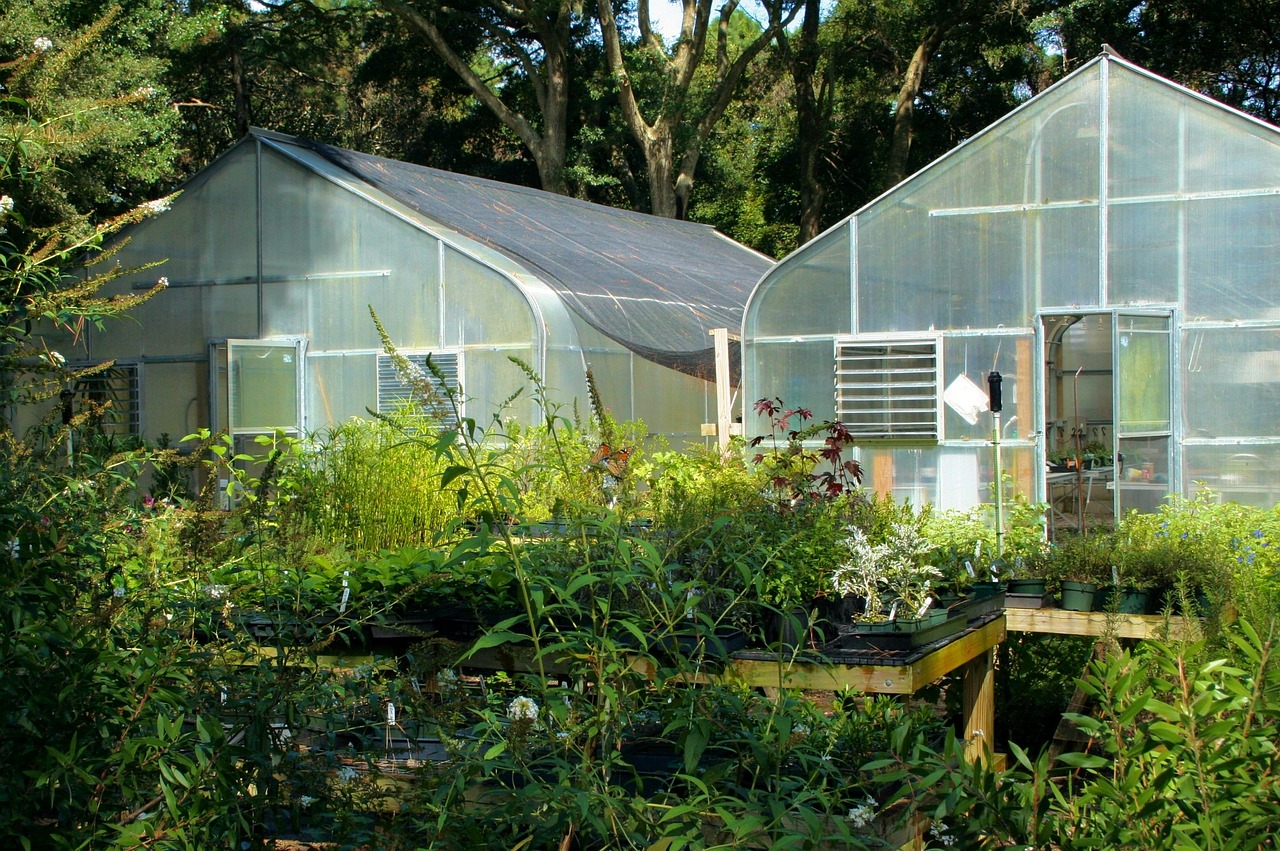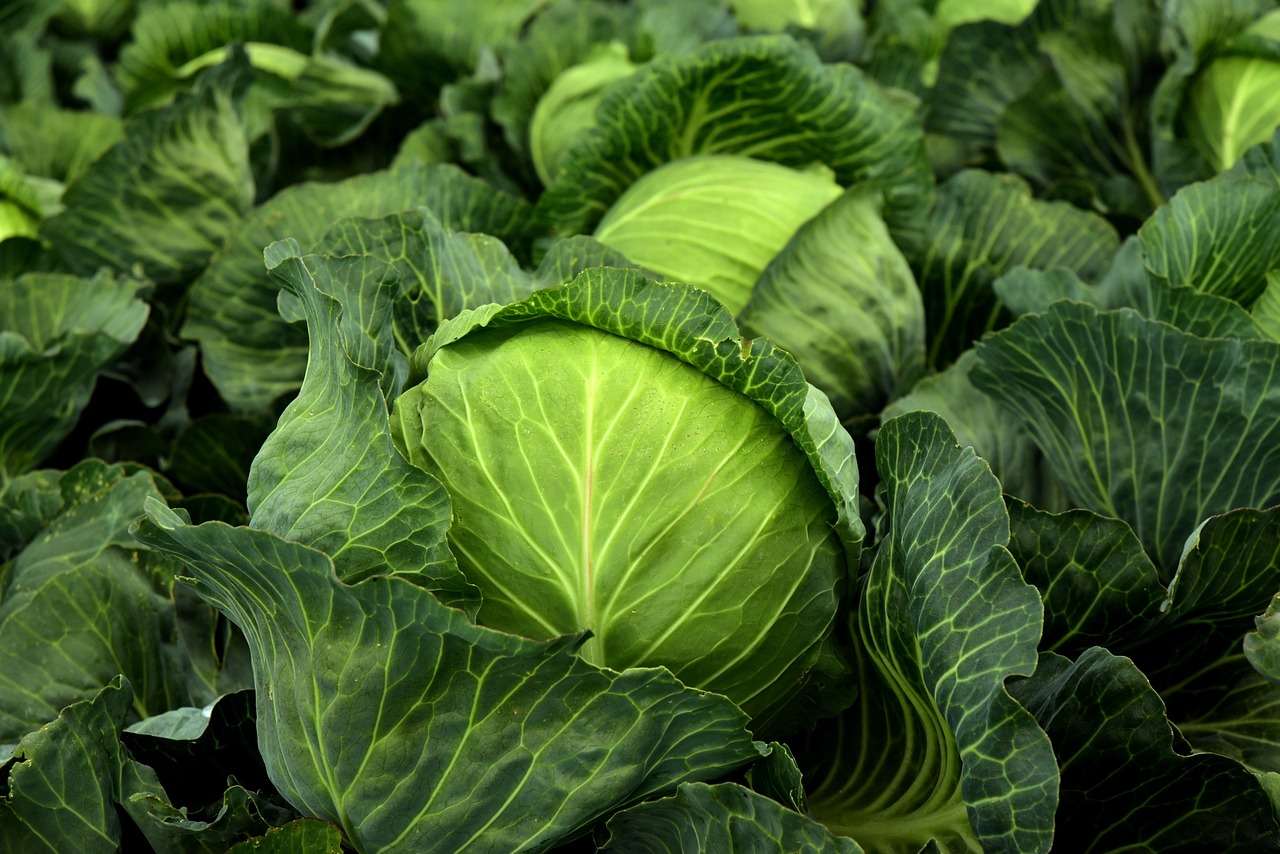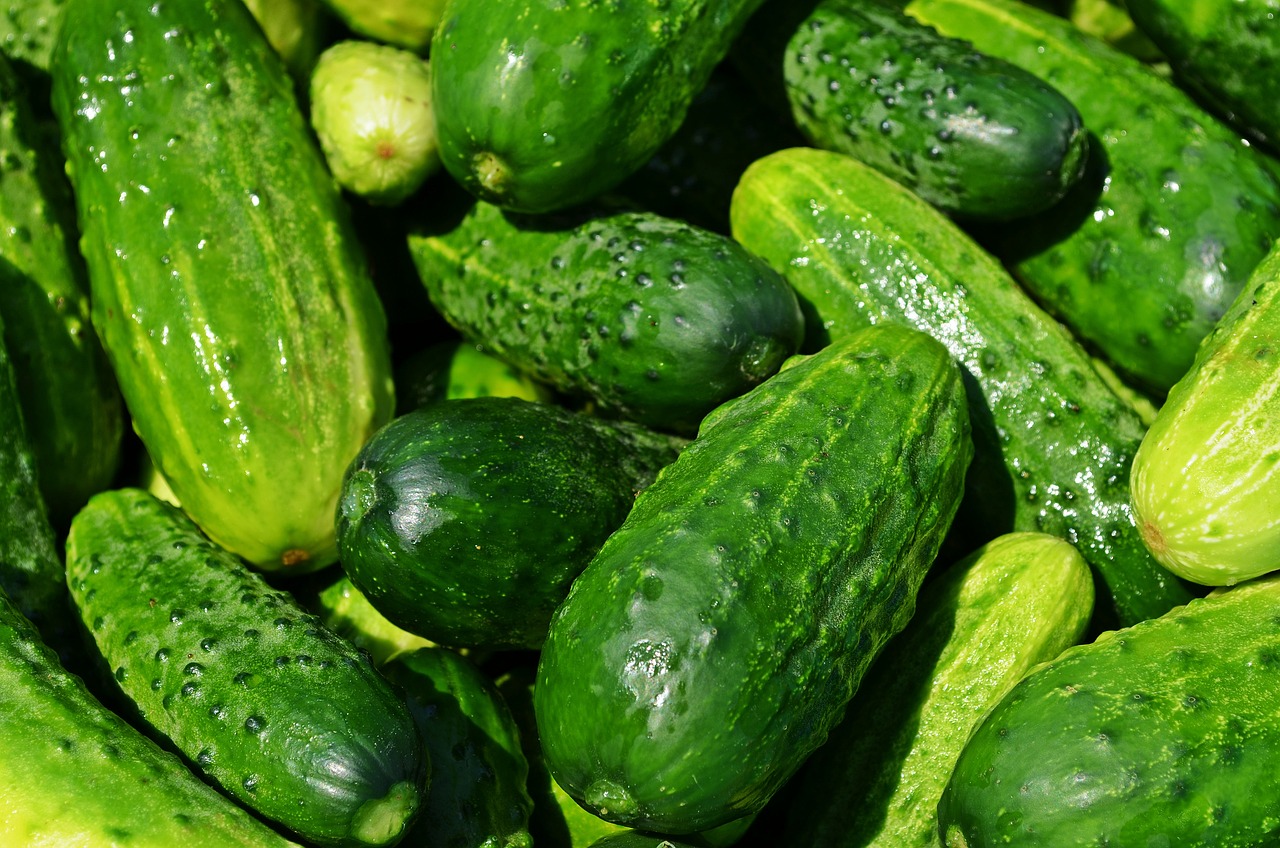Your garden is a reflection of your care and dedication, but it’s only as good as the soil it grows in. Soil is the foundation of any garden, and just like a building, it needs a strong foundation to flourish. That’s where soil testing comes in.
Soil testing is like a blueprint for your garden, giving you the information you need to build a healthy environment for your plants to thrive. By understanding the composition of your soil, you can make informed decisions about what to plant, how to fertilize, and how to adjust the pH levels.
Soil testing can reveal deficiencies in nutrients, high levels of toxins, and imbalances in pH levels that can hinder plant growth. With this knowledge, you can take action to adjust your soil to provide the optimal conditions for your plants to grow strong and healthy.
In this article, we’ll explore the benefits of soil testing, how to collect a soil sample, and how to interpret the results to adjust your soil for optimal plant growth.
Understanding Soil Composition
Digging into what makes up the dirt beneath our feet can reveal a world of information about the nutrients and minerals available to our plants. Understanding soil composition is the first step in soil testing for gardening.
Soil nutrients and pH levels are the two most important factors that affect plant growth. Soil composition is determined by the organic and inorganic materials present in the soil. The organic matter in soil includes decomposed plant and animal material, while the inorganic materials include sand, silt, and clay.
The combination of these materials determines the texture of the soil, which affects its ability to hold water and nutrients. By testing the soil, you can determine its pH level, which affects the availability of nutrients to plants. A soil test can help you identify any deficiencies or excesses of nutrients in the soil and allow you to adjust the soil’s pH levels to ensure optimal plant growth.
Benefits of Soil Testing
Evaluating the nutrient composition of your garden bed can yield valuable insights that can enhance the health and productivity of your plants. Soil testing is a critical step in determining the fertility of your soil and identifying any nutrient deficiencies.
By analyzing the soil, you can determine the pH levels, organic matter content, and nutrient levels, which can help you make informed decisions about which fertilizers or amendments to use for optimal growth. Soil testing can also save you money in the long run by preventing over-fertilization and reducing the need for costly soil amendments.
By understanding the nutrient composition of your soil, you can tailor your fertilization approach to your garden’s specific needs, rather than guessing and potentially wasting resources. Investing in soil testing can help you achieve a thriving garden with healthy plants and high yields.
How to Collect a Soil Sample
To make sure you get accurate results, it’s important to follow these simple steps for collecting a soil sample from your garden bed. First, gather some soil testing equipment, such as a garden trowel, a clean bucket, and a soil sample bag. Make sure the tools are clean to avoid contaminating the sample.
Next, choose a representative area of your garden bed to collect the soil sample. Avoid areas that have been recently fertilized, watered, or disturbed. Dig a small hole in the chosen area and collect soil from a depth of 6-8 inches. Take multiple samples from different areas of the bed and mix them together in the clean bucket.
Once you have collected the sample, put it in a soil sample bag and label it with the date and location where the sample was taken.
By following these simple steps, you can ensure that your soil sample is accurate and representative of your garden bed.
In conclusion, collecting a soil sample is a simple process that can be done by anyone. With the right soil testing equipment and by following the proper steps, you can obtain accurate results that will help you improve your gardening practices. It’s important to remember that soil testing is an essential part of gardening that provides valuable information about the health of your soil and the plants growing in it.
Interpreting Soil Test Results
If you’re looking to take your garden to the next level, understanding how to interpret your soil test results is crucial. One of the most important things to look at when interpreting your soil test results is your pH levels. The pH levels in your soil determine how well your plants can absorb nutrients.
If your soil is too acidic or too alkaline, it can lead to nutrient deficiencies and poor plant growth. Another thing to look for in your soil test results is any nutrient deficiencies. The test will show you which nutrients your soil is lacking, such as nitrogen, phosphorus, or potassium.
Once you know which nutrients your soil needs, you can choose the right fertilizer to add to your garden. By addressing any deficiencies in your soil, you can ensure that your plants are getting all the nutrients they need to thrive. Overall, interpreting your soil test results is an important step in creating a healthy and productive garden.
Adjusting Soil for Optimal Plant Growth

Want to maximize your plant growth? Learn how to adjust your soil for optimal results!
Soil pH management is one of the most important aspects of soil testing. The pH of your soil determines the availability of nutrients to your plants. Most plants prefer a pH range of 6.0 to 7.0, but some plants, such as blueberries, prefer a more acidic soil with a pH range of 4.5 to 5.5.
If your soil is too alkaline or acidic, your plants may not be able to access the nutrients they need to thrive.
Nutrient deficiency correction is another crucial aspect of adjusting your soil for optimal plant growth. A soil test will tell you which nutrients your soil is lacking.
If your soil is deficient in nitrogen, you may need to add a nitrogen-rich fertilizer to your soil. If your soil is deficient in phosphorus, you may need to add bone meal or rock phosphate to your soil.
By correcting nutrient deficiencies, you can ensure that your plants have everything they need to grow strong and healthy.
Frequently Asked Questions
How often should I conduct a soil test in my garden?
To ensure the health and productivity of your garden, it’s crucial to conduct soil tests regularly. The frequency of testing depends on various factors, such as the type of plants you’re growing and the condition of your soil.
For instance, if you’re growing annuals, it’s recommended to test your soil every year. On the other hand, if you have established perennial plants, testing every two to three years is sufficient.
Additionally, testing at different times of the year can provide valuable insights into your soil’s fertility and nutrient levels. For example, testing in the fall can help you determine if your soil needs amendments before the next growing season.
Overall, soil testing frequency is essential to maintaining a healthy and thriving garden.
Can soil testing help me determine which plants are best suited for my garden?
If you’re looking to create a thriving garden, it’s important to consider plant compatibility and soil composition. By understanding the unique needs of your plants and the soil they’re growing in, you can make informed decisions about which species to cultivate.
One way to gather this information is through soil testing. By analyzing the nutrients, pH levels, and other factors in your soil, you can determine which plants are best suited for your garden’s conditions. With this knowledge, you’ll be able to create a thriving garden that’s full of healthy, vibrant plants.
Are there any common soil problems that can be detected through a soil test?
If you’re struggling to get your plants to grow properly, it could be due to common soil problems that a soil test can help detect.
Soil compaction is one such problem, where the soil becomes compressed and air and water cannot penetrate it properly. This can lead to stunted growth or even death of plants.
Nutrient deficiencies are also common and can be detected through a soil test. If your plants are lacking in essential nutrients like nitrogen, phosphorus, and potassium, they may not be able to grow as well as they should.
A soil test can help identify these issues so that you can take the necessary steps to address them and improve your garden’s health.
Can I conduct a soil test myself or do I need to hire a professional?
Are you up for a challenge? Conducting a soil test yourself may seem like a simple and cost-effective solution, but be warned: it’s not for the faint of heart.
Sure, you can purchase a test kit and follow the instructions, but can you trust the accuracy of your results? Improper technique or misinterpretation can lead to costly mistakes in your garden.
On the other hand, hiring a professional soil tester may seem like an unnecessary expense, but their expertise and precision can save you time, money, and frustration in the long run.
When it comes to soil testing, accuracy is key. So, the choice is yours: take a chance and DIY, or invest in the expertise of a professional and ensure accurate results.
Is it necessary to adjust soil pH for all plants or only for certain types?
If you want to ensure that your plants thrive, it’s important to adjust the soil pH for specific plants. Not all plants require the same pH level, so it’s essential to determine the ideal pH range for the plants you’re growing.
Soil amendments for pH control, such as lime or sulfur, can be added to adjust the pH level. Keep in mind that adjusting the soil pH can take time, so be patient and monitor the pH levels regularly.
By taking the time to adjust the soil pH, you’ll be able to provide your plants with the optimal growing conditions they need to flourish.
Conclusion
In conclusion, you now understand the importance of soil testing in gardening. By testing your soil, you gain knowledge about its composition and can adjust it for optimal plant growth. This will save you time, money, and frustration in the long run.
So, go ahead and collect a soil sample and have it tested. Once you have your results, don’t hesitate to adjust your soil by adding nutrients or changing its pH levels. By doing so, you’ll be well on your way to having a thriving garden that will bring you joy and satisfaction for years to come.
Remember, a little bit of effort in soil testing can go a long way in creating a beautiful and healthy garden.










